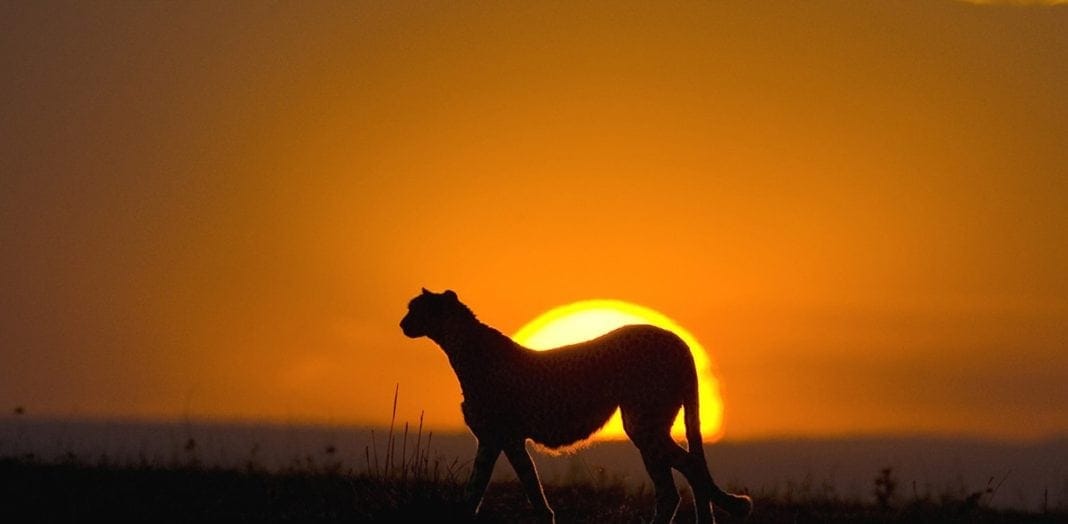Tanzania had objected an implementation of a protocol in the East African Community (EAC) charter on joint tourism marketing of the East Africa Tourism region as a single destination.
Forcing its way ahead, Tanzania had pushed for changes in the East African Community draft of tourism and wildlife protocol which requires member states to market the regional bloc as a collective single tourist destination.
The tourism and wildlife protocol ratified seven years ago was not implemented after Tanzania kept pushing for changes to allow each country market its tourist products, mostly wildlife and other attractions, including Mount Kilimanjaro individually.
Under hot debated objections, a panel of the East African Community Tourism Minister who met in the northern Tanzania tourist city of Arusha had agreed to amend the protocol in favor of Tanzania and Burundi which pushed for changes.
Kenya, Uganda, and Rwanda maintained their positions not to change the protocol or the wildlife and tourism charter ratified by the council of ministers seven years ago but remained dormant after Tanzania maintained its position to market its key tourist attractions under its own banner.
Tanzania had objected the implementation of the protocol draft chapter that require every partner state to market the East African Community bloc as a single tourist destination before the international tourist markets, mostly in Europe, the United States, Australia, and Southeast Asia where most tourists are sourced.
Tanzanian Minister for Natural Resources and Tourism, Dr. Hamisi Kigwangala, had maintained Tanzania’s position and said that each member state should retain its identity when marketing its tourist products and services.
The Eighth Sectoral Ministerial Meeting was held in Arusha last week with attendance of the Ugandan Minister for Tourism, Wildlife and Antiquities, Mr. Ephraim Kamuntu, and representatives from Kenya, Rwanda, and Burundi.
Kigwangala said that Tanzania has been looking for changes in the protocol so as to safeguard its own tourist attractions by virtue of prominence and size.
“Tanzania controls a big area of its land conserved for wildlife and nature tourism at 32 percent of the whole land, while Kenya had set just 7 percent of its land for conservation of wildlife and nature,” said Kigwangala.
About 300,000 square kilometers out of 945,000 square kilometers, or the total area of Tanzania, has been set for conservation of wildlife and nature, including forests and wetlands.
There are 16 national parks in Tanzania covering 50,000 sq. km. of land, while Selous Game Reserve covers 54,000 sq. km. The rest of the area – about 300,000 sq. km. – is conserved with game reserves, open wildlife areas, and forests.
Sections 115(1-3) and 116 of the East African Community treaty state that the bloc can establish policies, strategies, and other ways to promote tourism while each country remains the key custodian and administrator of all wildlife and tourism activities within its borders.
Mount Kilimanjaro in Tanzania and the mountain gorillas in Rwanda and Uganda are the known tourist attractions not available among the rest of the member states. The 2 famous attractions are the East African Community tourist icons pulling high-class visitors to the region.
Kenya and Tanzania have been tourist business rivals in the East African Community bloc. It is estimated that about 30 to 40 percent of the 1.3 million tourists visiting Tanzania each year pass through the Jomo Kenyatta International Airport (JKIA) in Nairobi before crossing into the Tanzanian national parks in the northern circuit.
Tanzania attracted 1.3 million tourists who injected a total of US dollars 2.2 billion last year.























